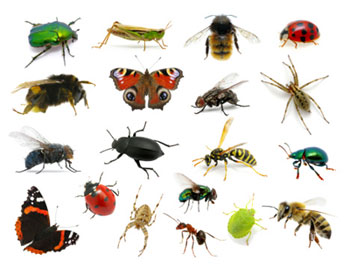 You’re out in the garden or tidying up at the worksite and ZAP! You’re doing some deep cleaning behind the sofa and OUCH!
You’re out in the garden or tidying up at the worksite and ZAP! You’re doing some deep cleaning behind the sofa and OUCH!
Bug bites. They’re not fun and they’ve very prevalent this time of year as the weather warms up and the mosquitos, ticks, fleas, and spiders come out to play.
Sometimes these little creatures can deliver more trouble than just a pinch to the finger. The CDC reminds us that:
“Mosquitoes can transmit West Nile virus, St. Louis encephalitis virus, eastern equine encephalitis virus and even dengue; ticks can transmit Lyme disease and other serious infections; and fleas can transmit plague.”
To protect yourself and your family, be sure to:
- Use an appropriate insect and tick repellent and apply it properly.
- After coming indoors, shower as soon as possible and check your body for ticks.
- If you find an attached tick, don't panic, ticks are easy to remove with a pair of fine-tipped tweezers. Consult your healthcare provider if you develop a rash, fever, body aches, fatigue or headache, stiff neck, disorientation in the 1-3 weeks following a bite. It could be any number of illnesses.
- In the yard, remove any items that may collect standing water, such as buckets, old tires, and toys. Mosquitoes can breed in them in just days.
- Replace or repair torn window screens to keep bugs out of the house.
- In the garden, wear gloves, use safety gear when handling equipment and chemicals, protect yourself from the sun, and use insect repellent.
If your jobsite is outdoors, the CDC adds a few bug-related cautions just for you:
“Tall grass, leaf litter, rocks, wood piles, and bushes are favorite hiding places for spiders, ticks, and snakes. Where possible and practical, stay clear of these areas. Wear gloves when handling brush or debris. Wear boots, pants, and long sleeves when working in tall grass or underbrush. Cut grass and remove dried leaves from around the worksite to reduce tick populations. Be cautious near piles of undisturbed materials where snakes or spiders may be. Store unused apparel and equipment in tightly closed plastic bags. An additional spider caution: they are often found living in outdoor toilets where flies are abundant.”
Spiders can be of particular concern because of the many varieties of venomous spiders that could be encountered when outdoors. Especially dangerous is the brown recluse spider, a common residence of the midwestern United States. (Click here for a distribution map of this venomous spider from the University of California, Riverside website.)
Although being bitten by the brown recluse is a rare occurrence, there are some things simple steps you can take if you live within the spider’s geographic range:
- Use sticky traps to trap spiders.
- Don't throw clothes on the floor and then wear them the next day. If you do, shake them out or squish them into a ball before putting them on. Bang out shoes first to see if a spider crawled in during the night.
- Be careful when you move things out of storage areas, in particular, cardboard boxes. Recluses like to hang out in the space under folded cardboard flaps. Be careful when you carry the boxes as you might place your fingers on a recluse when you pick up the box or press a recluse against your body when you carry it. Remove any spiders inside boxes using a vacuum cleaner and dispose of the bag. Reseal all open edges of cardboard boxes with tape before restoring them.
- Clean up clutter and junk that is lying around. Recluses love clutter and prefer to live under and between items, such as plywood, tarps and cardboard on the ground
What to do if a spider bite occurs
Initially, venomous spider bites are often difficult to identify. Small puncture marks and bleeding may be seen. Tenderness, swelling, pain, itchiness, and redness at the bite site can develop.
Over time, cramping pain and muscular rigidity in the body may occur. A person may experience fever, weakness, nausea and vomiting, or difficulty breathing.
If you suspect a severe reaction from a spider bite may be occurring, activate EMS. Keep the person warm, reassured, and quiet.
First aid classes that cover injuries from the creepy-crawlies? We’ve got you covered:







.png?width=600&name=HSI-CTA-EmergencyCareTraining%20(1).png)











Comments